V-Ray photorealistic rendering is the number-one сhoice for lifelike design visualizations. It helps architects and interior designers demonstrate the benefits of their projects plainly and persuasively: the imagery has few to no differences with photos.
The client is yet to sign a contract, but V-Ray photorealistic rendering allows to showcase the project as if already brought to life. On the bedroom rendering above, everything fascinates the viewer: the snow-white curtain, the fluffy carpet, the ottoman and the soft cushion on top of it… With imagery like this, a design presentation leaves no room for doubt and uncertainty: the client sees exactly the result he or she will get.
Another popular use of V-Ray photorealistic rendering is marketing. A stunning architectural or design portfolio pics on a professional’s website, high-quality imagery in social media, 3D animations on video blogs – these are only a few examples of how 3D visualization company that uses the V-Ray rendering engine can help a marketer.
There are 6 reasons why the plugin is the first one CGI professionals consider when photorealistic rendering is a must. Learn how the V-Ray rendering software helps a 3D artist produce striking and persuasive imagery.
#1. V-Ray Does Photorealistic Rendering of Light and Shadow
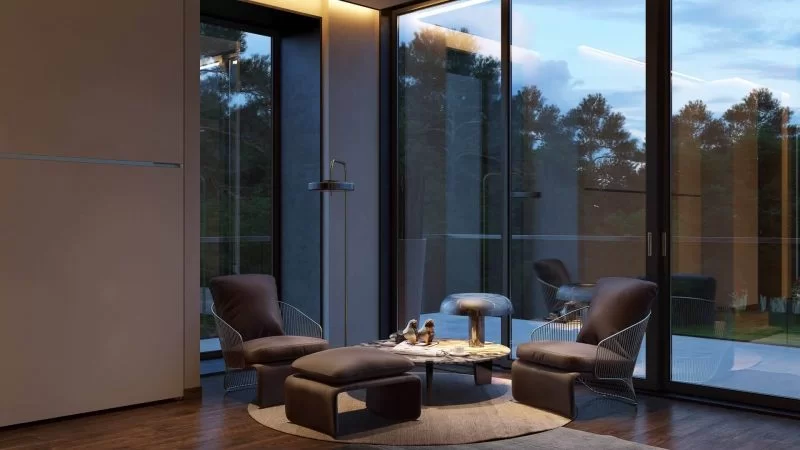
Photorealistic rendering or direct light appears uncomplicated: the closer the angle of incidence to the perpendicular, the lighter the spot and vice versa. But ignoring diffused light will result in monochromatic black shadows – the effect never taking place in reality. To fix the situation, unsophisticated rendering algorithms just apply a default level of illuminance to shades.
Real light acts differently. It gets reflected, absorbed, refracted, diffused – often simultaneously in various proportions depending on the material. Moreover, colored surfaces give their own tints to the light. Before it reaches the viewer’s eye, a light ray often has to travel a long distance. V-Ray successfully handles such phenomena by means of ray tracing. The software can save the data on diffused light in a photon map so as to speed up further computations. It’s especially important for animated V-Ray photorealistic rendering.
Even caustics, the bright spots and threads caused by refraction or reflection on curved surfaces, can’t puzzle the V-Ray rendering software. Remember the sophisticated light patterns a glass or bottle throws on the table? Is photorealistic rendering of caustics possible at all? For V-Ray, it’s an easy thing!
#2. V-Ray Distributed Rendering Allows for Highest Quality
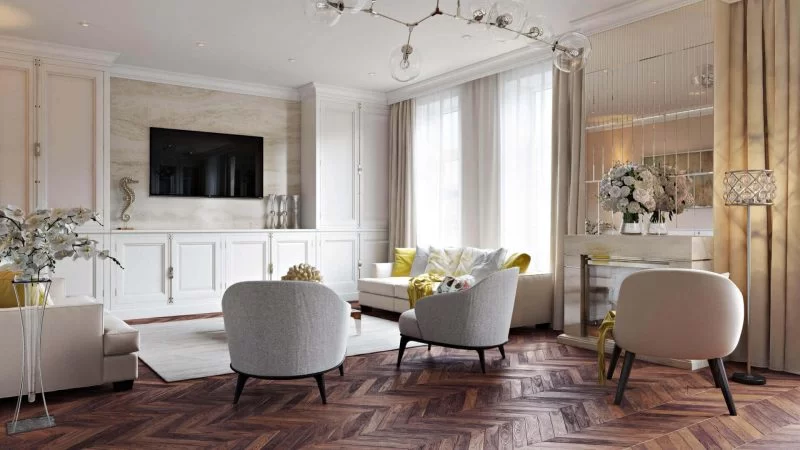
The V-Ray rendering engine works fast compared to other solutions. However, even on a powerful workstation, it can spend hours producing a photorealistic render of a complex scene. To save time, a 3D artist can run one visualization task on several computers. Distributed rendering allows to use more resource-intensive settings that guarantee highest quality of renders.
Ensure your exterior design project leaves a lasting impression and takes your clients’ breath away with stunning visuals.
#3. V-Ray Provides Plenty of Options for Realistic Rendering

Practically any option a 3D artist needs for photoreal rendering is here in V-Ray. The way the software deals with light rays has a handful of options itself, and the parameters of particular algorithms are also tweakable. Highly customizable are cameras and lighting. Materials have plenty of options too, enabling a 3D artist to control the tiniest details. As a result, the 3D artist keeps everything under thumb and gets exactly the result he or she needs.
Already with the default parameters, V-Ray does photorealistic exterior rendering with ease, but customization can make the visualizations ultrareal. The same applies to 3D interior design rendering services done in V-Ray: various settings help a 3D artist make a render that is indistinguishable from a high-quality photo shot.
#4. V-Ray Integrates with All Popular 3D Software
The V-Ray high-quality rendering engine integrates with is all of the most popular general-use and specialized 3D software:
- 3ds Max
- Maya
- Rhino
- SketchUp
- Blender
- Cinema 4D
- Modo
- Revit
Also, V-Ray is compatible with the Unreal game engine. It makes interactive VR walkthroughs possible, thus enabling an architect or interior designer to add even more value to a design presentation.
Integration opportunities ensure that V-Ray photorealistic rendering brings the intended results smoothly and predictably. Already at the stage of 3D modeling it’s possible to customize the materials, lightning, and the rendering itself. Also, the integration eliminates unnecessary file conversions, which sometimes cause unpredictable flaws.
#5. V-Ray Comes with a Database of Scanned Materials
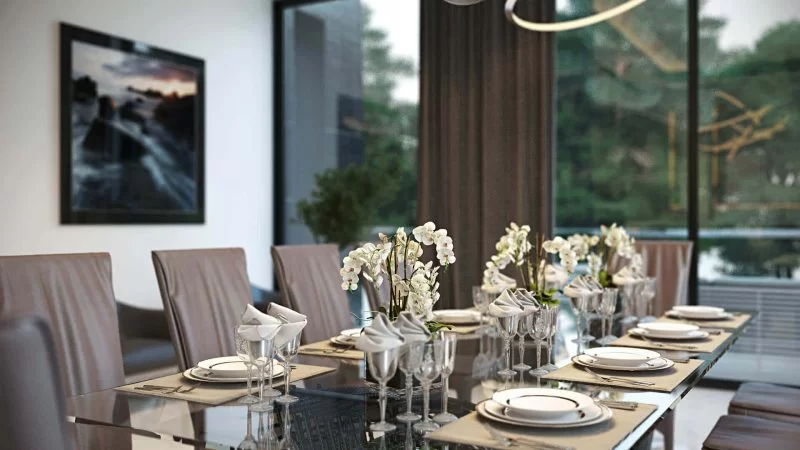
VRscans is a library of scanned real-world materials with all geometrical and optical properties. A 3D artist can choose them in the 3D editor and ensure this way that every surface is strikingly realistic after V-Ray. Even glass rendering will look like a photo, not to mention wood and stone.
Real-life surfaces have irregularities: small and large, deep and shallow. To imitate them convincingly, V-Ray has bump maps integrated into materials: their function is to tell the rendering engine which points to pull or to push. As an outcome, everything from wood and textiles to concrete and exposed brick gets a photorealistic look.
#6. V-Ray Features Photorealistic Special Effects
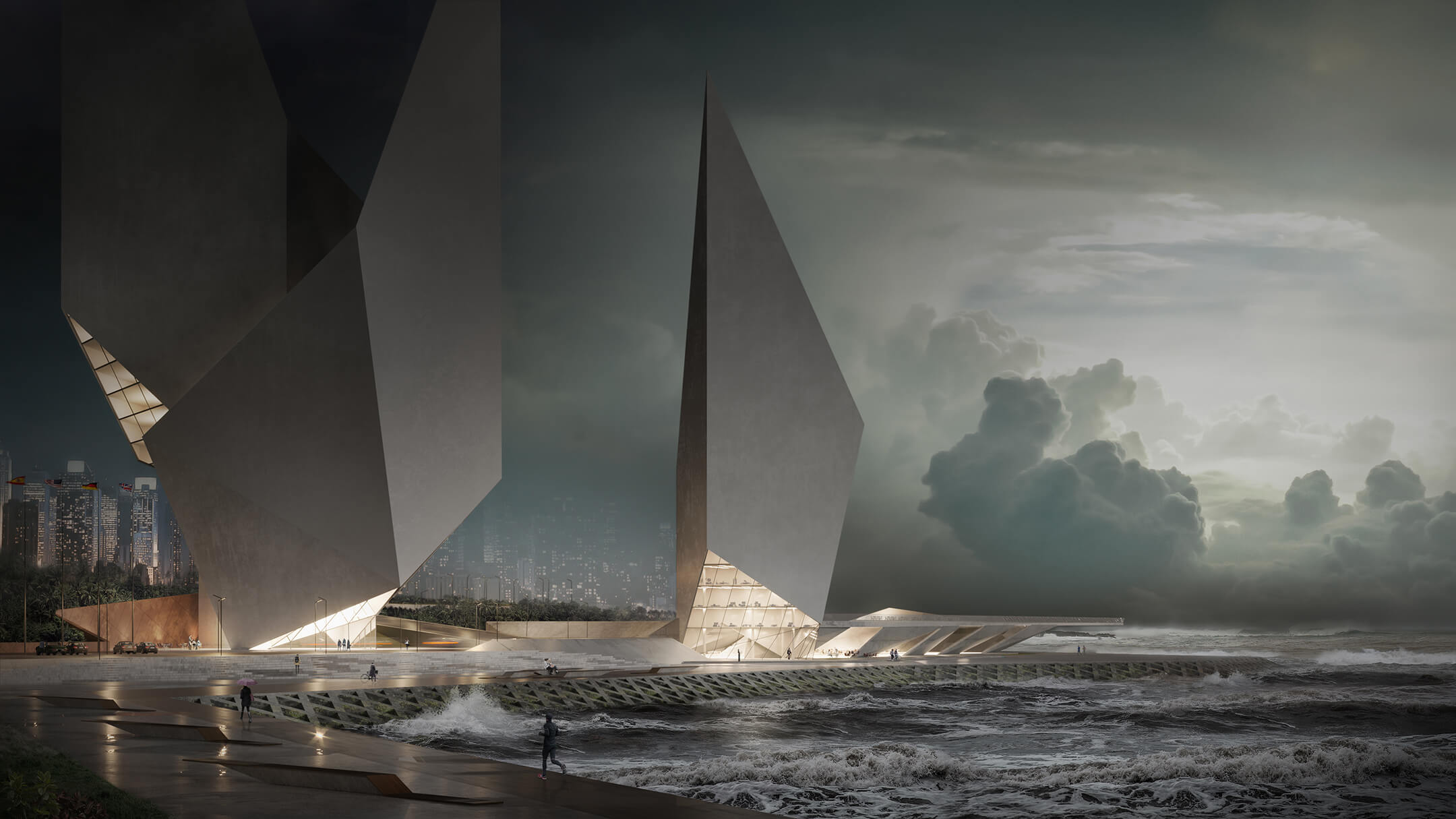
Bringing flames, smoke, and water surface to life is like shooting fish in a barrel for V-Ray photorealistic rendering. When it comes to 3D animation, they turn out especially hard to depict trustworthily.
So how can a 3D artist depict a fireplace, or a grill, or a water basin, or a cup of hot steaming tea amply and clearly? Luckily, there are dynamic textures in V-Ray for photorealistic rendering of waves, flame, vapor and smoke. It allows to create a more persuasive photorealistic render, still or animated.
As we see, there are lots of reasons why V-Ray and photorealistic rendering are often viewed as synonymous terms, especially when it comes to architectural presentations. Everything from tricky algorithms to elaborated materials aims at creation of life-like imagery.
Get your project estimated in just 1 hour - fill out this brief!
Need photoreal visualization for your architectural or interior design project? Contact us for CGI services and get stunning images that effectively demonstrate your professionalism to both clients and prospects.
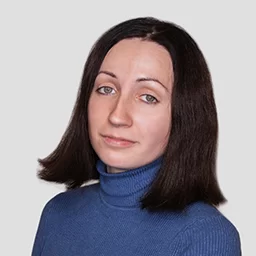
Irma Prus
Content Writer, Copywriter
Irma writes articles and marketing copy for ArchiCGI. Her dream is that more people discover the power of CGI for architecture. Irma is into neuromarketing, ruby chocolate and Doctor Who series.


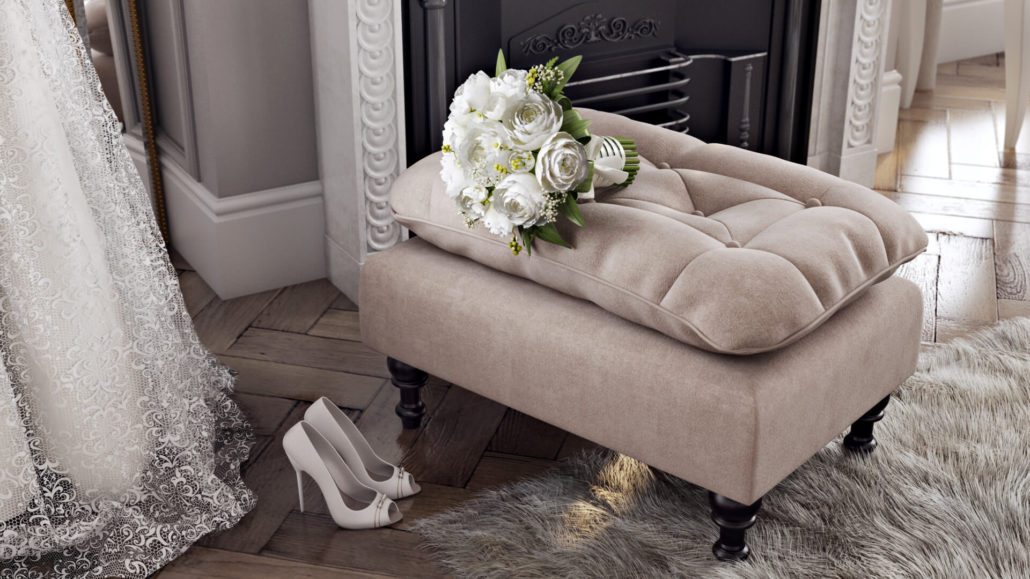

Comments
Taylor Hansen